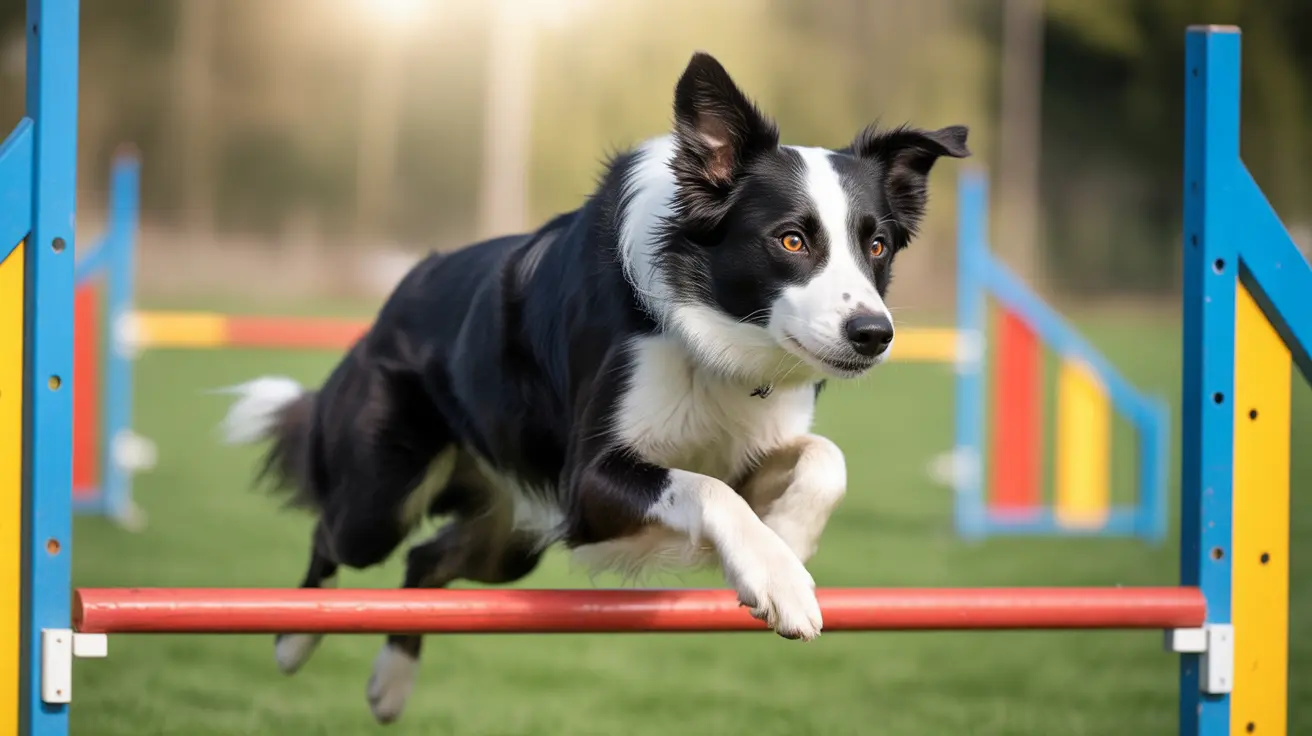Understanding the 7-7-7 Rule for Dogs: A Guide to Canine Adjustment
The 7-7-7 rule for dogs is an informal but widely referenced approach adopted by trainers, shelters, and pet adoption experts to guide dog owners in understanding and supporting their pet through the early stages of a transition—especially when a dog enters a new home.
What Does the 7-7-7 Rule Mean?
This rule outlines how dogs typically adjust over three distinct periods:
- 7 seconds: The immediate first impression—sights, sounds, and smells when the dog enters a new space.
- 7 minutes: The dog's initial orientation phase—scanning surroundings, sensing emotions, and identifying safe zones.
- 7 days: The beginning of emotional and behavioral adjustment—starting to form routines, attachments, and expectations.
7 Seconds: First Impressions Matter
When a dog arrives in a new environment, the first 7 seconds are crucial. This moment can shape how the dog perceives its new home and family. Though short, these seconds are filled with sensory input as dogs observe their surroundings. During this time:
- Minimize chaos or noise
- Welcome the dog with calm energy
- Allow the dog to explore safely without excessive interference
7 Minutes: Immediate Orientation and Sensory Mapping
In the first 7 minutes, dogs begin to understand the emotional tone of their environment. They listen for sounds, check exit points, and search for comfort scents. It’s important to:
- Give space for gentle exploration
- Let them sniff and pace
- Avoid overstimulation through cuddling or forced interaction
This is the moment when a dog begins recognizing who is safe and what the vibe of the household is.
7 Days: Early Trust and Routine Development
The first 7 days often mark the most significant changes. During this period, dogs:
- Learn the household routine—feeding times, bathroom breaks, sleeping areas
- Begin forming attachments with people or other pets
- Reveal underlying behavioral traits—fear, anxiety, excitement, or contentment
This is the time when pet owners will start seeing the dog’s true personality emerge. Patience, consistency, and understanding are crucial here.
Tips to Support Your Dog During the 7-7-7 Transition
- Provide a calm and quiet arrival environment — avoid gatherings, shouting, or overstimulation.
- Let the dog lead interaction pace — allow it to approach, sniff, and explore independently.
- Use treats, toys, and praise — build confidence through positive reinforcement.
- Stick to a predictable schedule — meals, walks, and bedtime help establish a sense of security.
- Offer a safe retreat space — such as a crate or bed in a quiet corner.
- Avoid punishment — even if the dog misbehaves, redirect calmly rather than scolding.
- Monitor health and behavior — watch for signs of illness or extreme stress.
Expanding the Concept: The Rule of 3s
The 7-7-7 rule aligns with the more widely recognized Rule of 3s in dog adoption:
- 3 days to decompress
- 3 weeks to learn the routine
- 3 months to feel fully at home
Both guidelines serve as general frameworks for understanding canine adjustment. Individual dogs may need more or less time depending on age, past experiences, breed, and temperament.
How Owners Can Help the Transition
Compassion and structure go a long way. Here’s how to support your dog effectively:
- Engage in gentle training using basic cues
- Reward calm behavior and ignore attention-seeking whining
- Keep changes minimal during the first week—limit visitors or large outings
- Consult a vet or trainer if signs of anxiety, aggression, or illness present themselves
Signs of Healthy Adjustment
Look for these behaviors to know your dog is settling:
- Willingness to eat and drink
- Exploring the house confidently
- Engaging with family members
- Sleeping well
- Following basic commands
Final Thought
The 7-7-7 rule for dogs isn’t a strict scientific model—but it is a helpful reminder that dogs need time and patience during transitions. Whether adopting, fostering, or introducing a dog to a new environment, respect these early minutes and days to build lasting trust and companionship. Remember, a gentle start creates a confident, happy dog for years to come.





